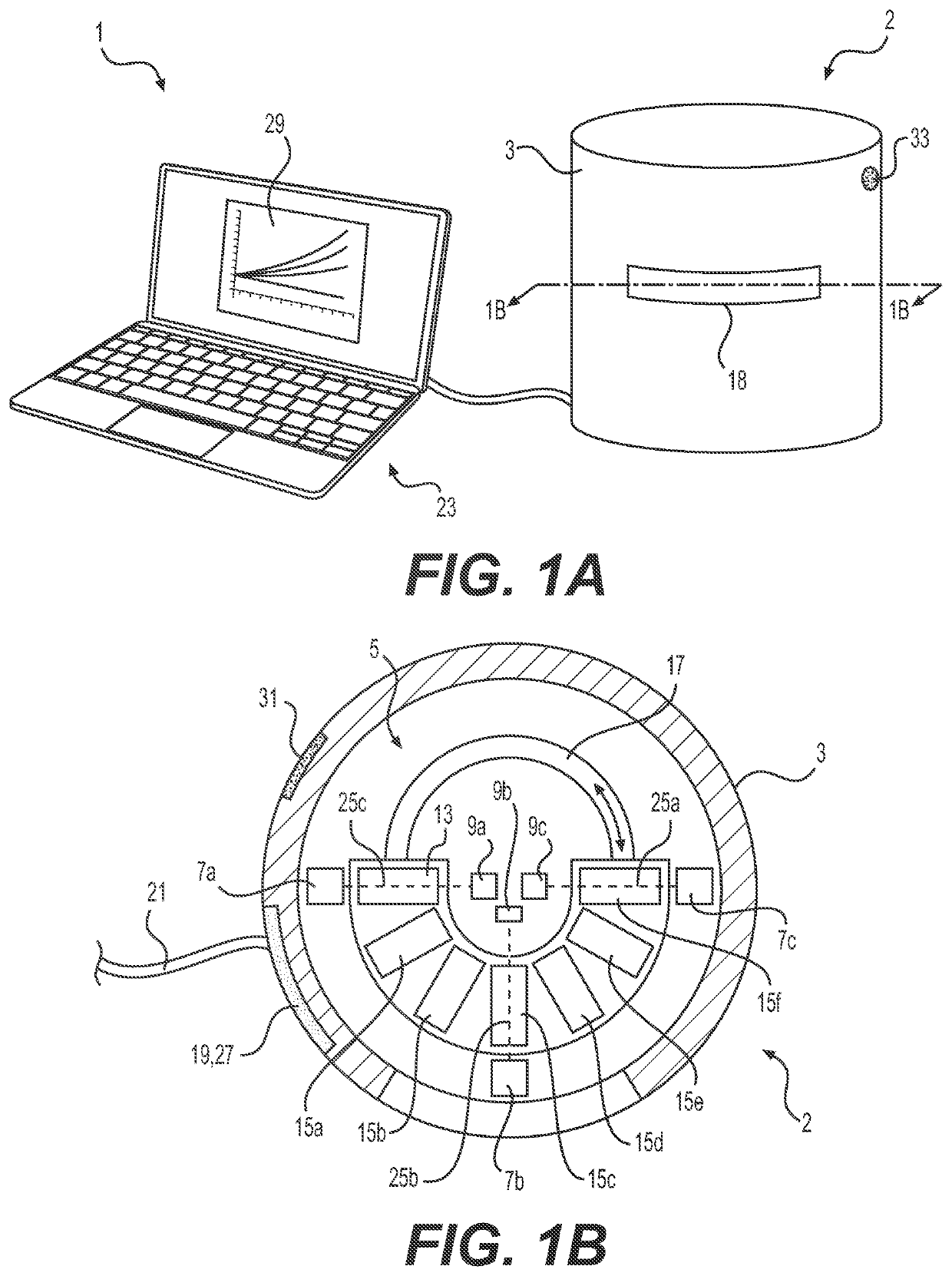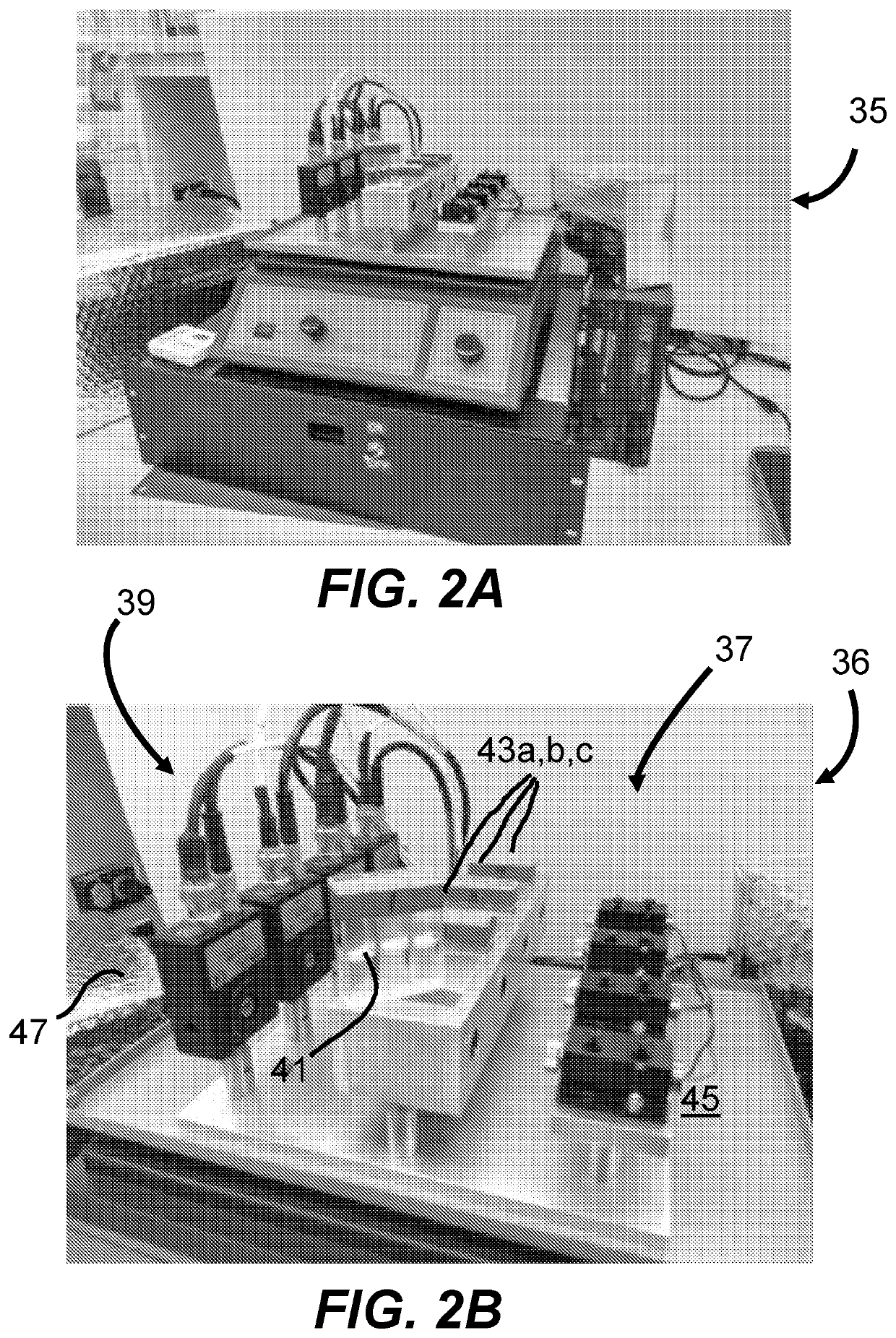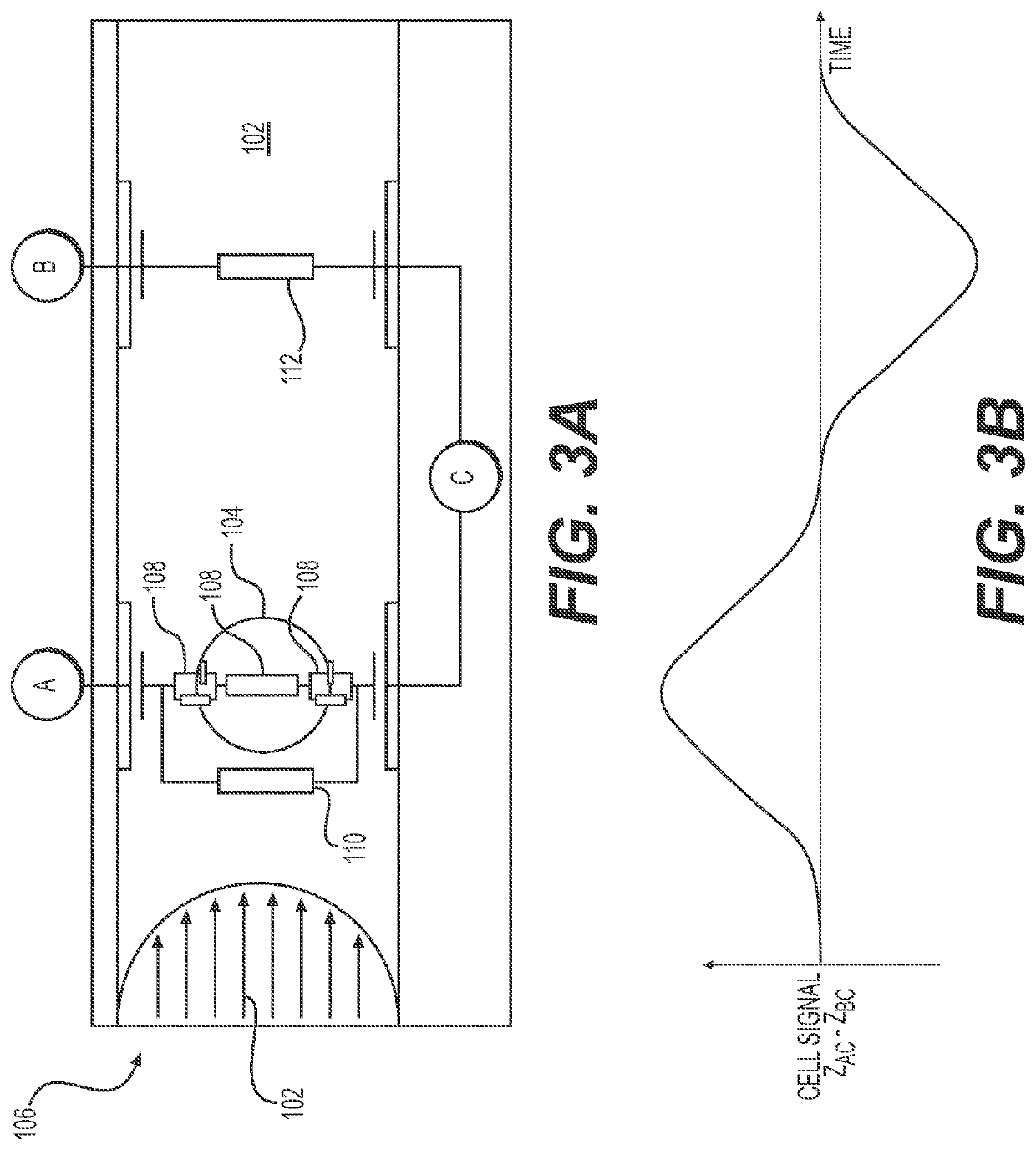Methods and systems for determining target sensitivity to a therapeutic formula
a technology of target sensitivity and therapeutic formula, applied in the field of diagnostic testing, can solve the problems of potentially misleading and expensive genotypic tests, and achieve the effects of reducing the evolution of mdro, facilitating rapid, and improving the precision of treatmen
- Summary
- Abstract
- Description
- Claims
- Application Information
AI Technical Summary
Benefits of technology
Problems solved by technology
Method used
Image
Examples
example 1
arget Sensitivity Using Spectrophotometry in the Context of UTI
[0100]Methods for Example 1:
[0101]To prepare a spiked bacterial sample, 1 mL of an overnight culture was diluted into 25 mL of warm cation-adjusted Mueller Hinton broth, allowed to grow to log phase at 37 C in a shaking incubator, and counted using a hemocytometer. The bacteria were then diluted in additional warm broth to a final concentration of 1E5 to 8E5 CFU / mL. A 2-mL aliquot of the bacterial solution was added to a disposable 1-cm cuvette containing a pre-dispensed volume of water, diluent and antibiotic according to the experiment at hand. The fluids were mixed by pipetting. A no-antibiotic control was used in each experiment, which contained only the appropriate volume of water and diluent. A set of three cuvettes, such as in 41 or 43a, 43b or 43c, containing identical mixtures were assembled side-to-side into a three-centimeter light path and inserted into the prototype sensitivity module shown in FIGS. 2A and 2...
example 2
arget Sensitivity Using Impedance Flow Cytometry in the Context of UTI
[0110]The Clinical & Laboratory Standards Institute (CLSI) provides guidelines for antibiotic susceptibility testing, which requires laboratories to know the identity of the pathogen and to standardize the inoculum for antibiotic testing (105≤106 CFU / mL) (Clinical and Laboratory Standards Institute. Performance Standards . . . 29th edition CLSI Supplement M100; 2019). These requirements and the mixed populations found in direct specimens create a challenge for developing rapid near-patient AST methods. The UTI ID assay disclosed herein is capable to report both the identity and concentration of uropathogen(s) in orders of magnitude from 104 to ≥106. Using these data, an appropriate volume of the original specimen can be placed into a fully automated AST cartridge where it will first be passed through a system of filtration membranes to purify bacteria away from host cells. The rinsed bacterial component will then ...
PUM
| Property | Measurement | Unit |
|---|---|---|
| weight | aaaaa | aaaaa |
| width | aaaaa | aaaaa |
| path length | aaaaa | aaaaa |
Abstract
Description
Claims
Application Information
 Login to View More
Login to View More - R&D
- Intellectual Property
- Life Sciences
- Materials
- Tech Scout
- Unparalleled Data Quality
- Higher Quality Content
- 60% Fewer Hallucinations
Browse by: Latest US Patents, China's latest patents, Technical Efficacy Thesaurus, Application Domain, Technology Topic, Popular Technical Reports.
© 2025 PatSnap. All rights reserved.Legal|Privacy policy|Modern Slavery Act Transparency Statement|Sitemap|About US| Contact US: help@patsnap.com



